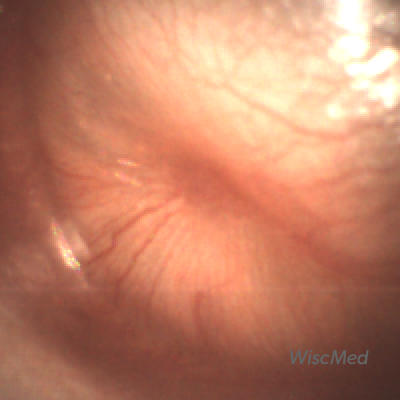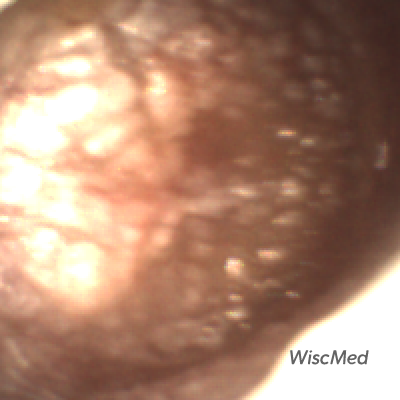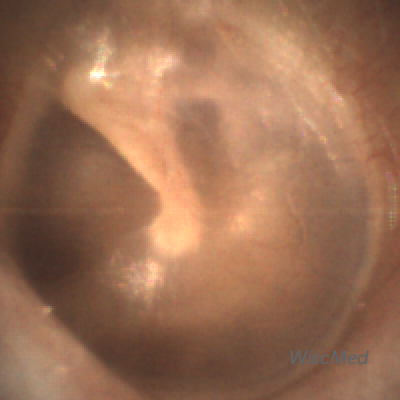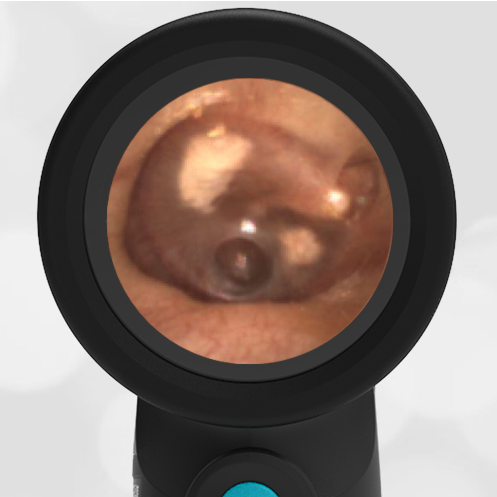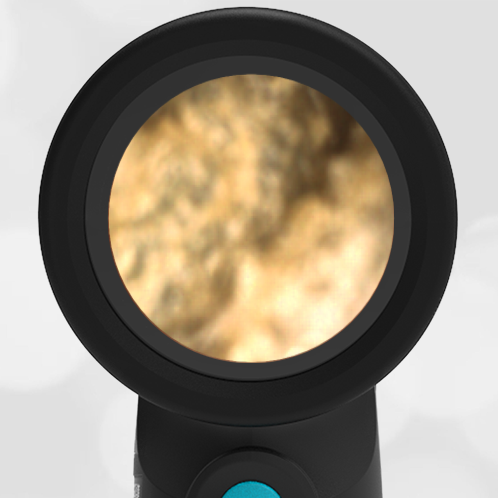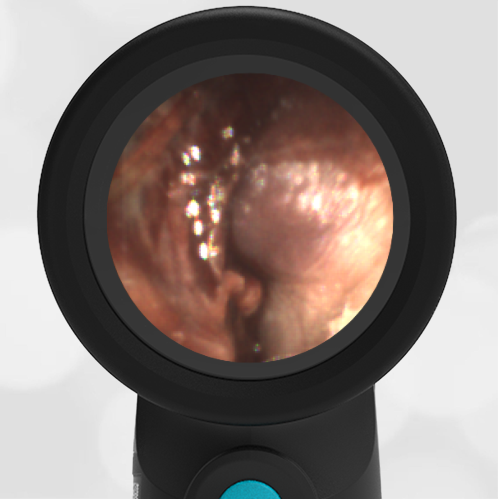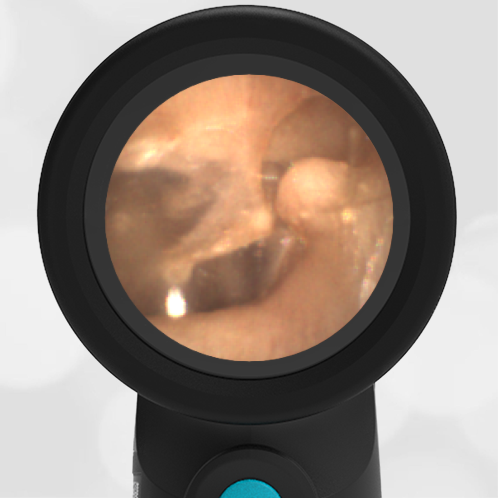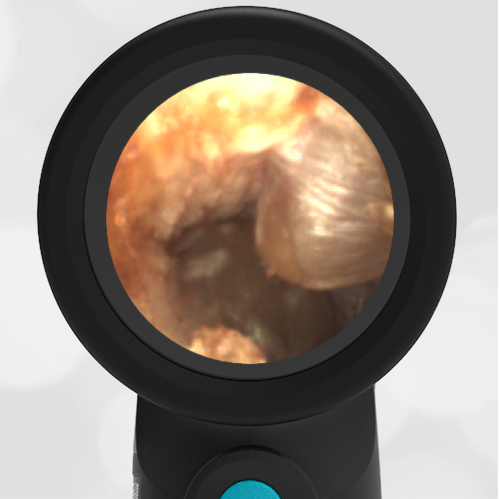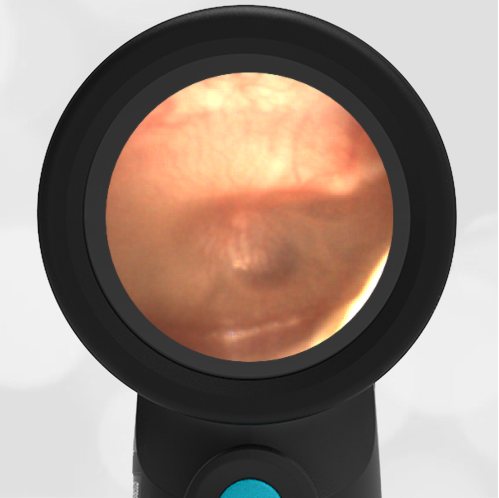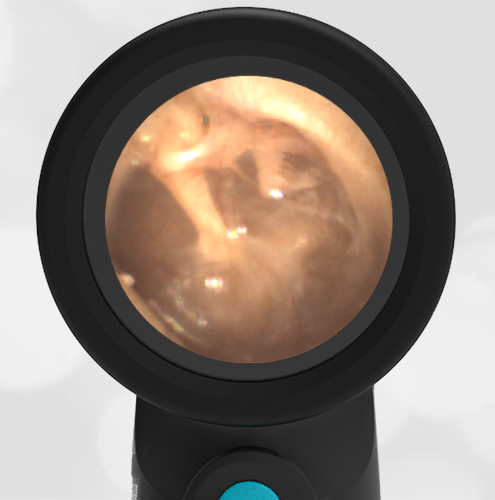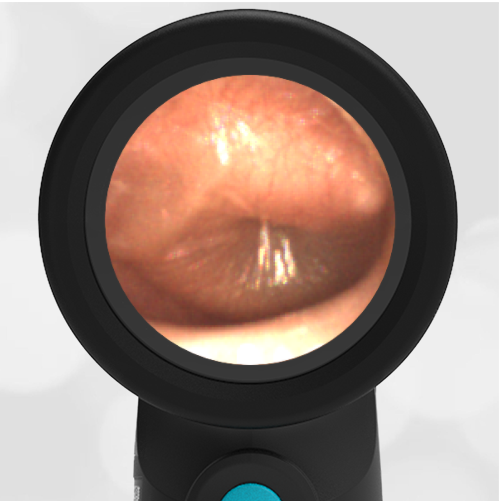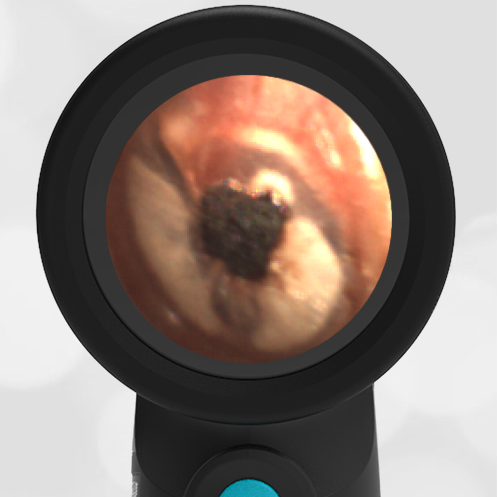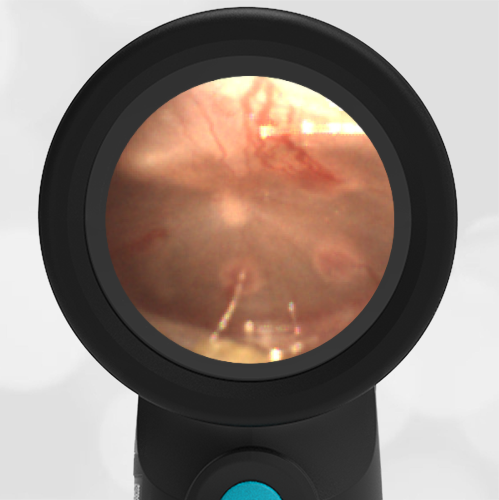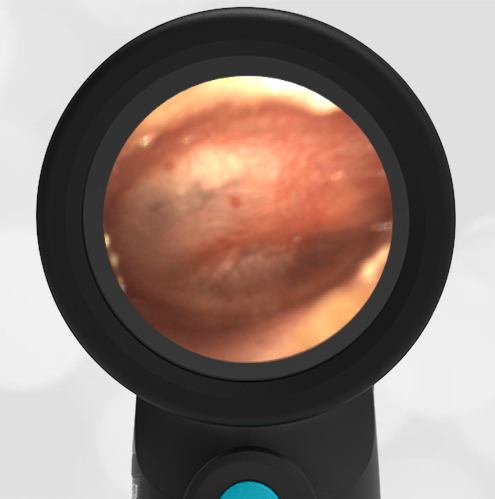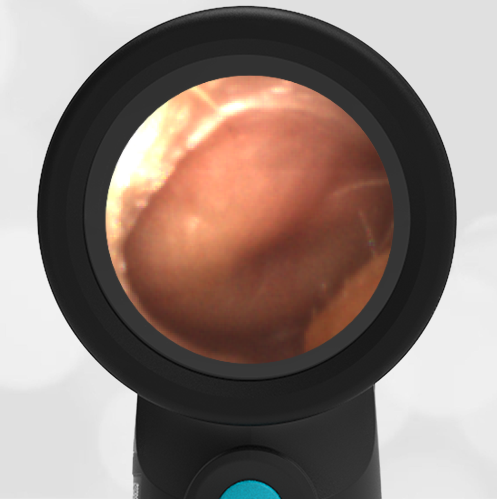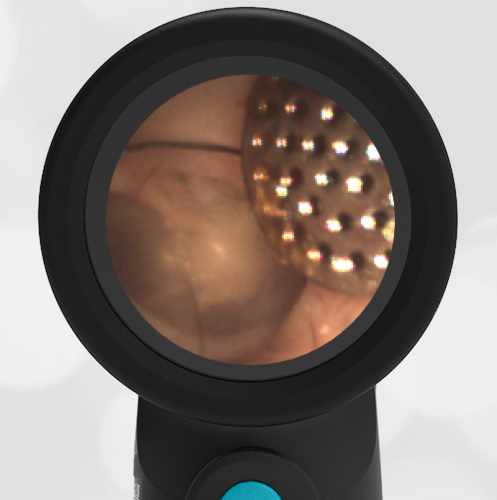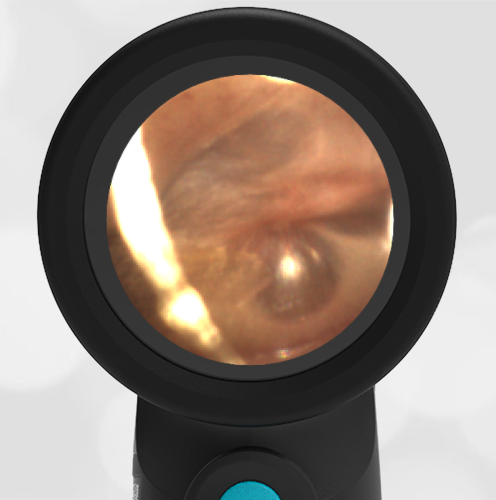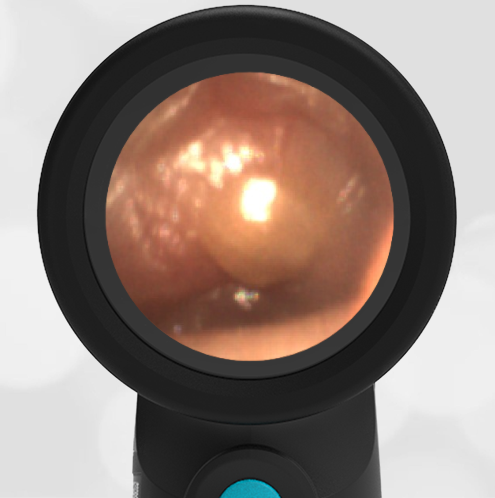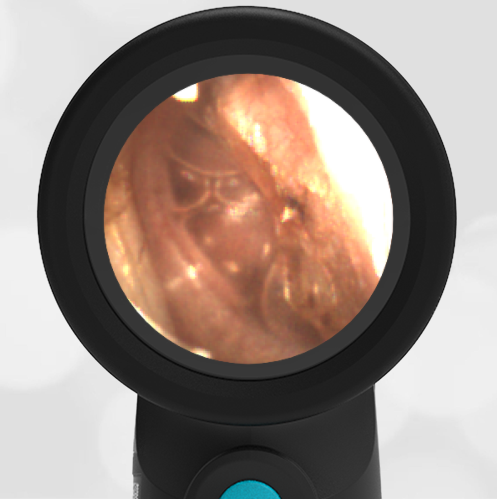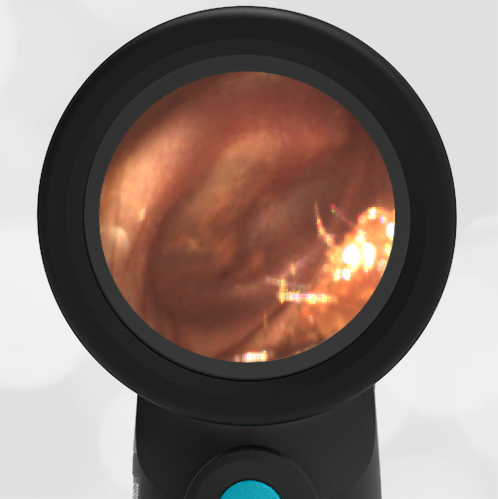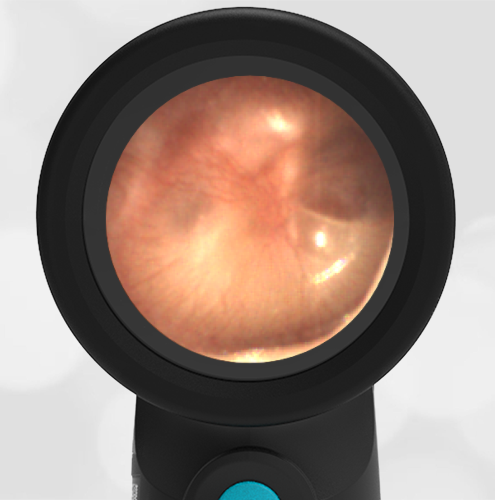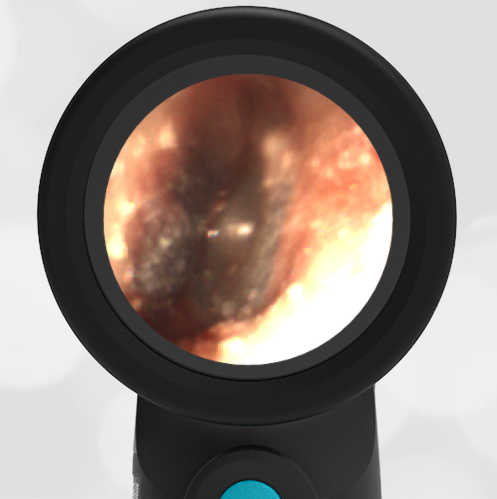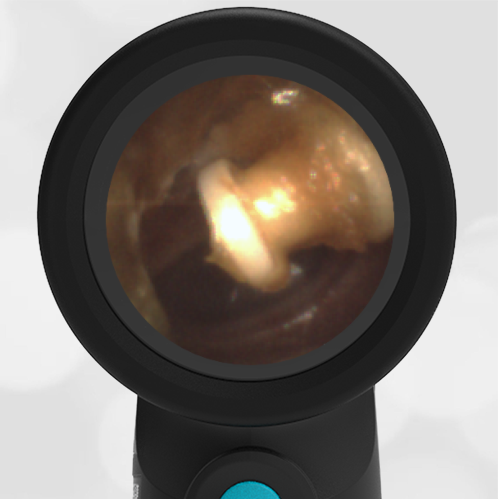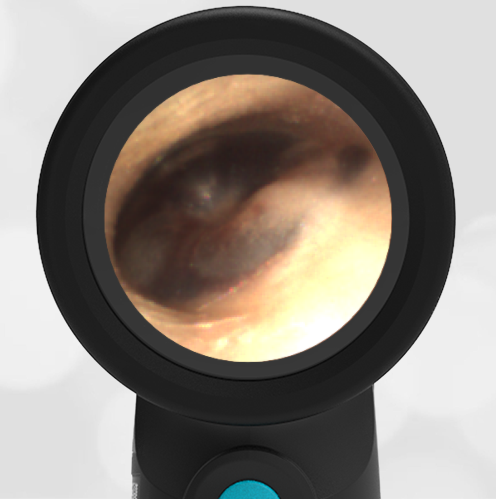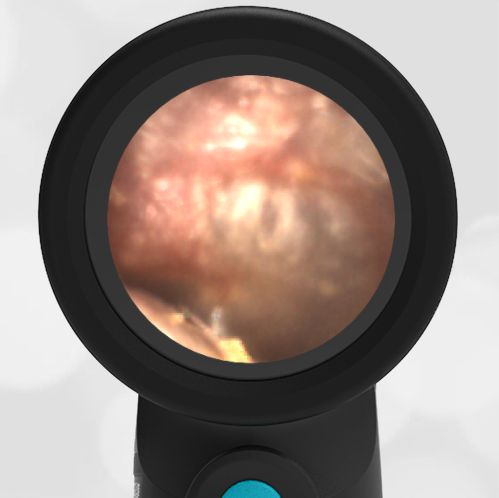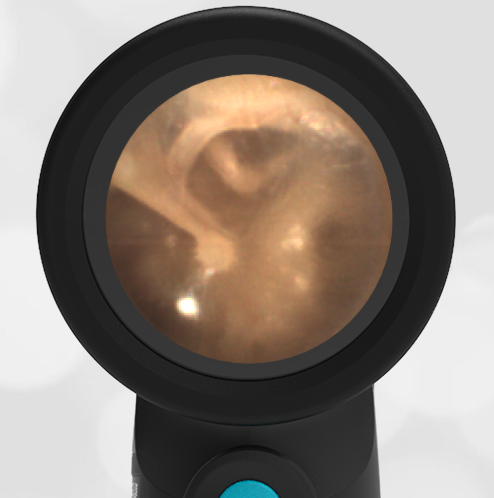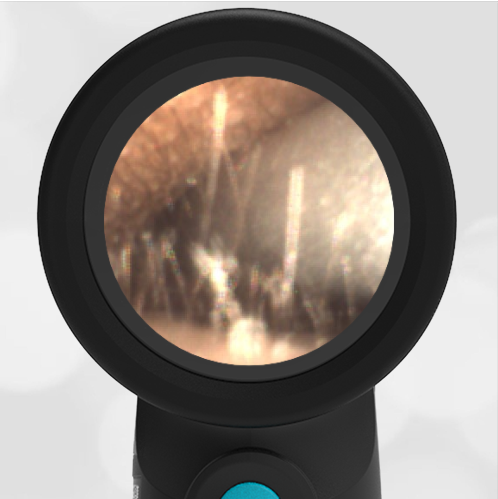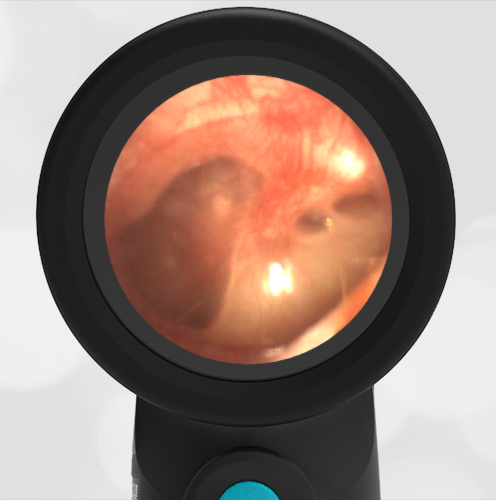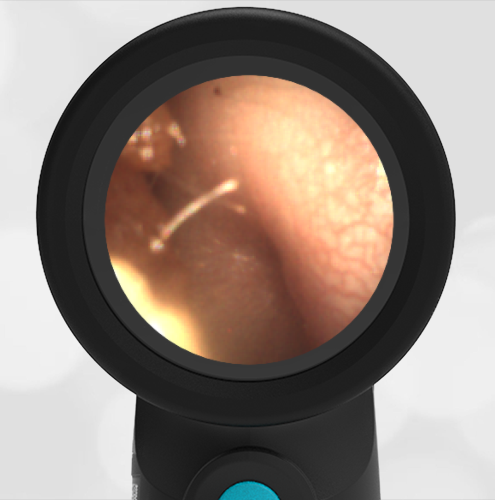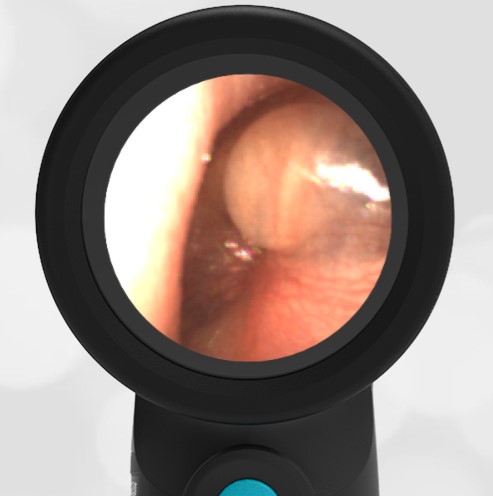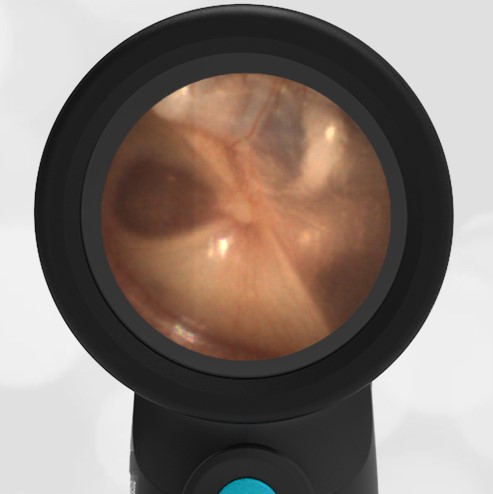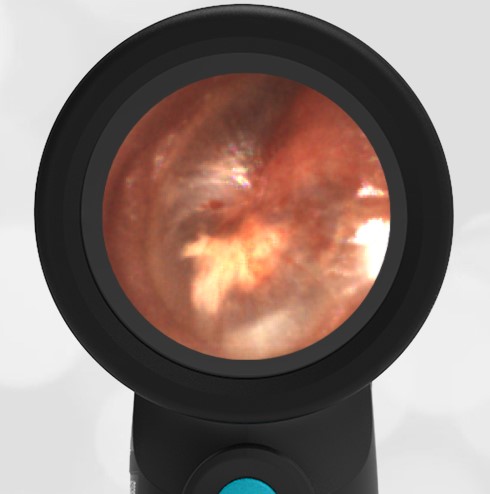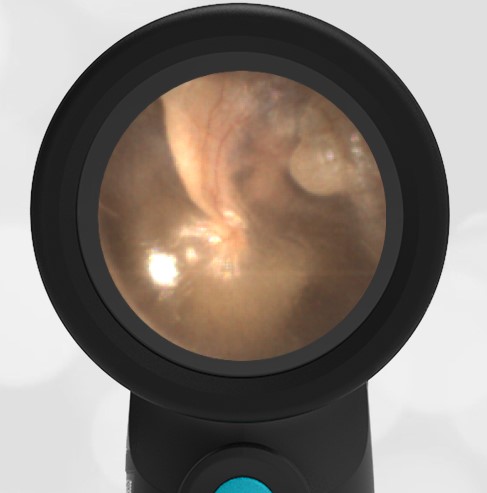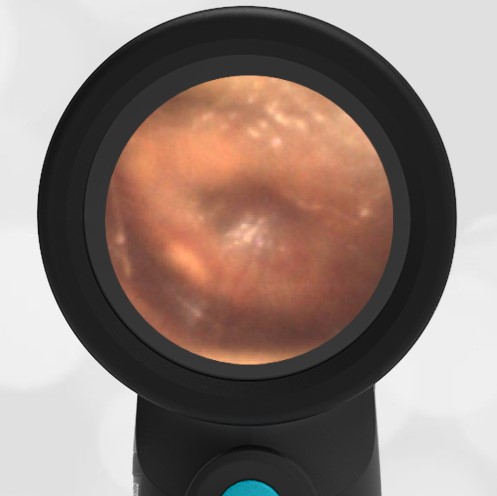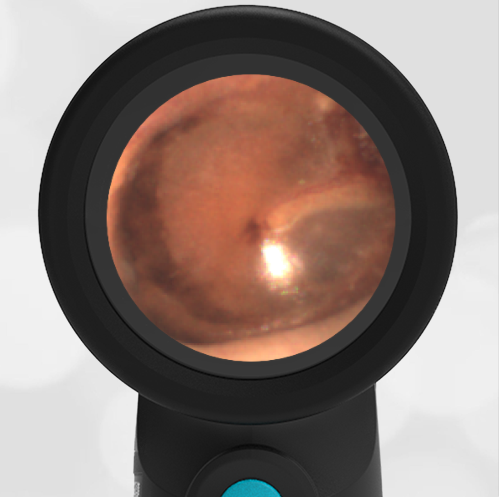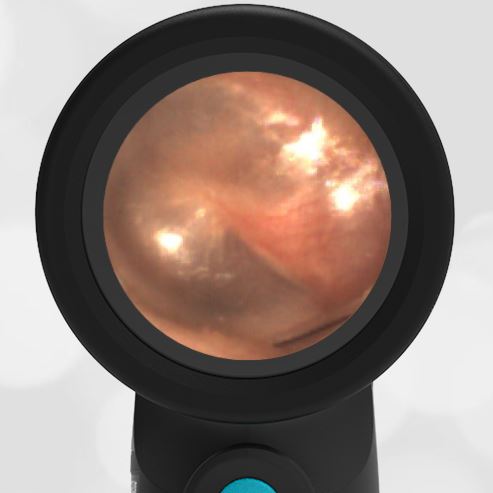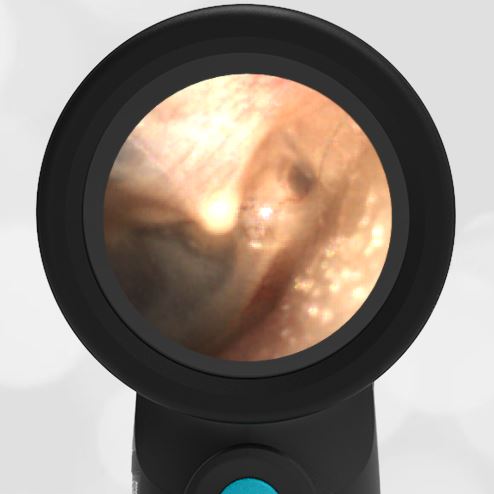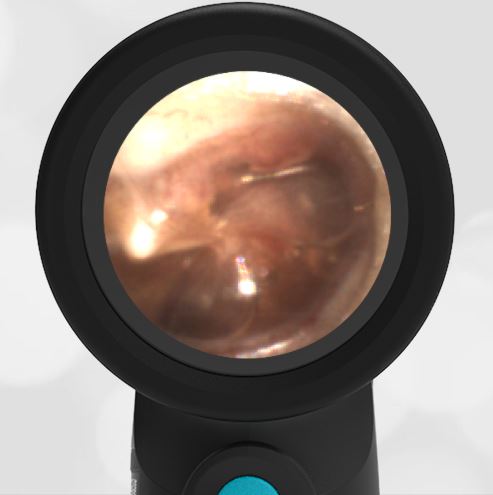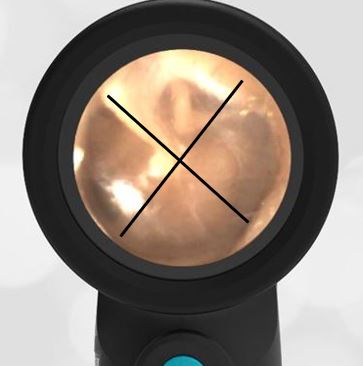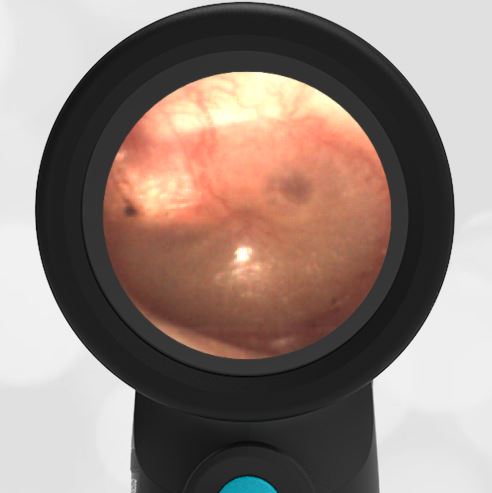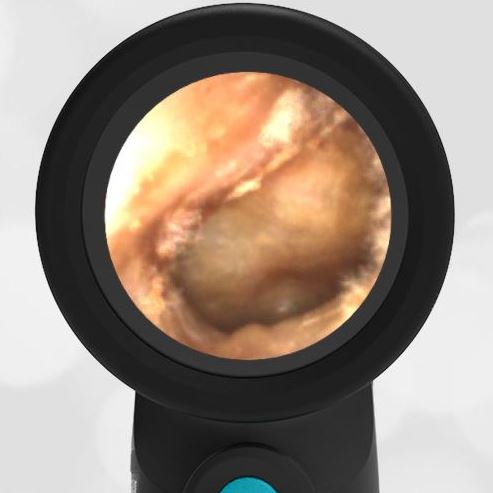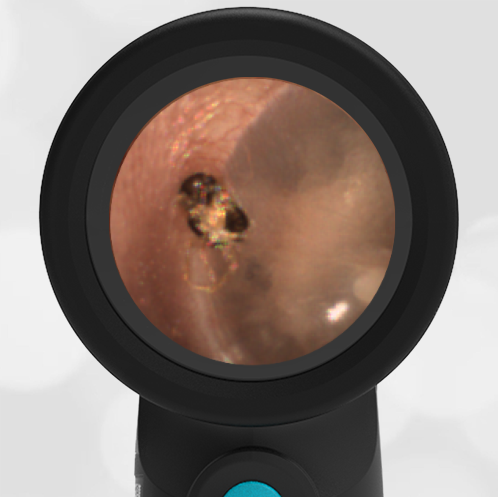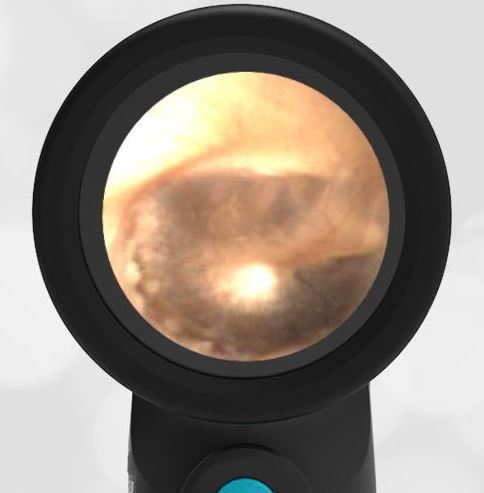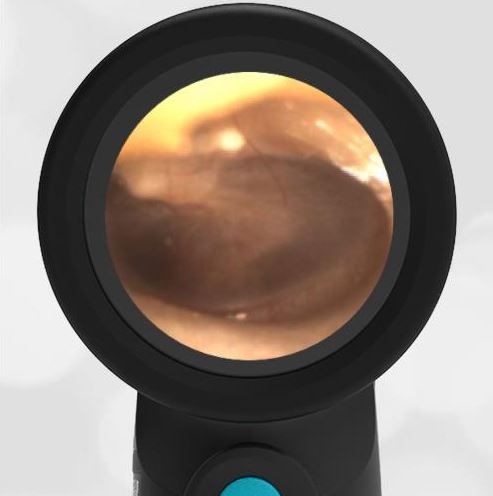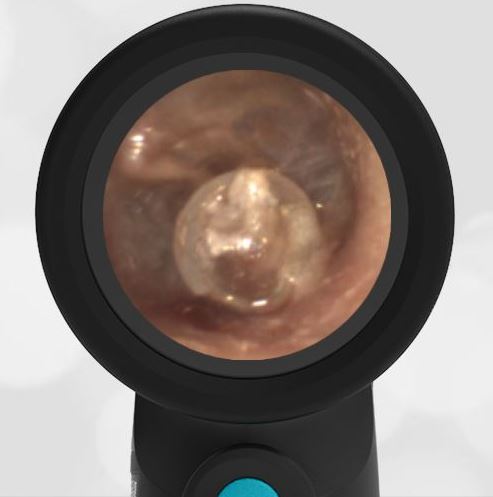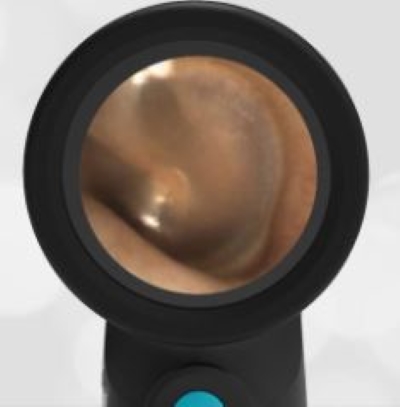
Shagrination or “Cobble Stoning”
A four-year-old female is brought in to the pediatric clinic for re-evaluation. Two days ago she was seen for fever and ear pain. She was diagnosed with acute otitis media and placed on antibiotics. The mother reports that the child is feeling much better. The fever and ear pain have resolved and she is once agina playing with her normal abandon. The following image of her ear was obtained. What is true about this condition?
- A different antibiotic needs to be considered.
- ENT should be consulted.
- Tympanostomy tubes would prevent this in the future.
- The child’s infection is resolving as expected.
The answer is 4. The child’s infection is resolving as expected.
This patient has the classic appearance of shagrination or “cobble stoning” of the tympanic membrane (TM).

The roughened appearance, shagrination (cobble stoning) of the TM is thought to occur during the course of acute otitis media (AOM) as the bulging membrane begins to return to its normal position as fluid in the middle ear recedes. While the exact pathophysiology is not clear, this finding reminds us that the TM is not a single homogeneous band of tissue but rather a multi-layered complex composed of epithelial (continuous with the external canal), fibrous (middle radial layer), and mucosal (continuous with the lining of the middle ear) cells.
Armengol and Handley published images of 17 children with AOM who either developed or presented with shagrination1. Follow-up images indicated that resolution of bulging typically occurred within 1-2 days, suggesting that shagrination indicates the decompression of the middle ear space (think of the wrinkles in a deflated balloon or stretch marks) with a resolution likely to occur soon thereafter.
The images below suggest the path to resolution from acute otitis media (AOM). As the AOM infection resolves, the bulging begins to “deflate” causing the shagrination. Complete resolution of the infection returns the tympanic membrane to its normal condition.
- Acute Otitis Media
- Shagrination
- Normal
As can be attested by many of the Wispr cases, the use of digital otoscopy facilitates not only the diagnosis of AOM but also provides opportunities to evaluate the significance of physical findings. In the Armengol paper, digital otoscopy demonstrated resolution of AOM findings within 1 to 2 days following the appearance of cobblestoning, including in three patients who did not receive antibiotics. While further studies in a larger cohort will be helpful, this suggests that the appearance of shagrination may herald spontaneous resolution and allow antibiotics to be avoided or curtailed in these patients. For further information, here is a case study of resolving AOM. In this study, shagrination appears on day 8.
Here is the complete video of the exam:
Complete exam video
- Armengol, CE, and Hendley, JO, “Shagrination during Acute Otitis Media,” The Journal of Pediatrics, 2014;165:870.

